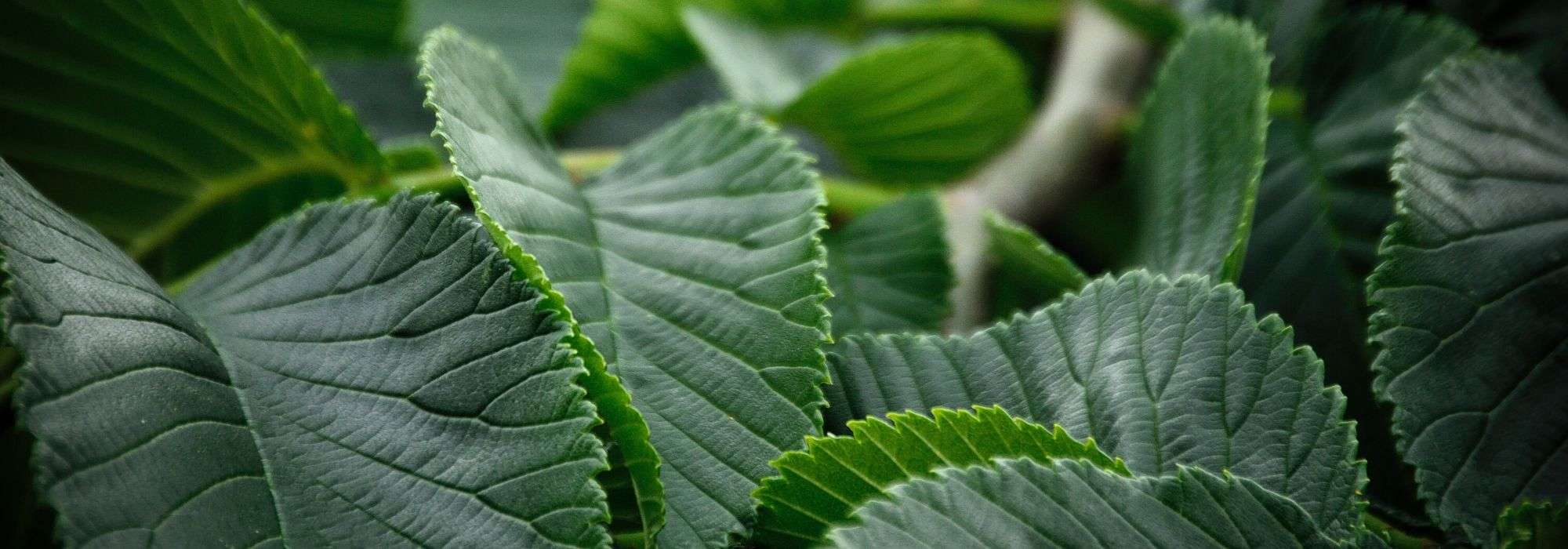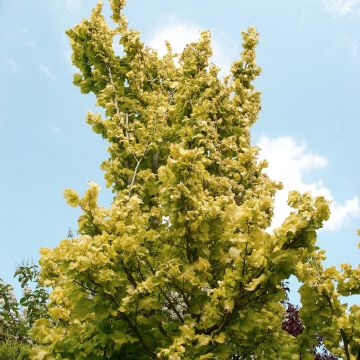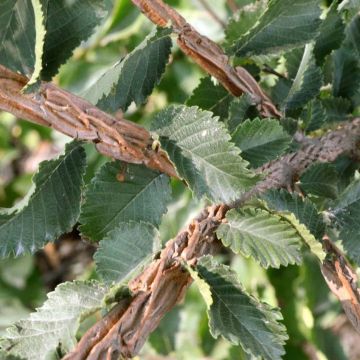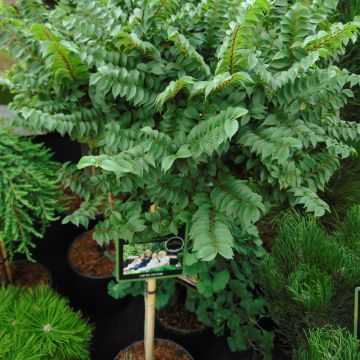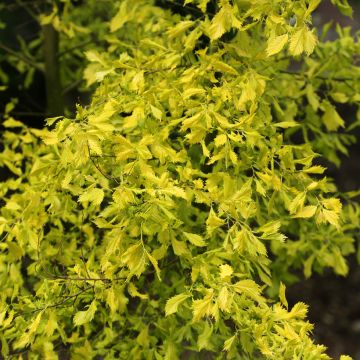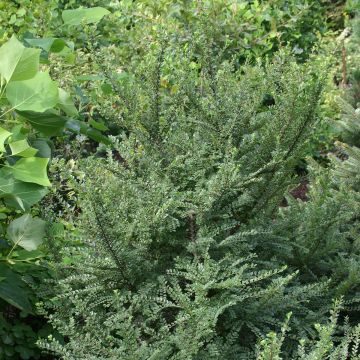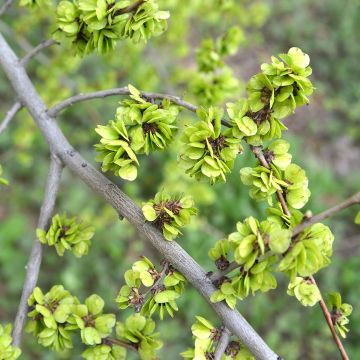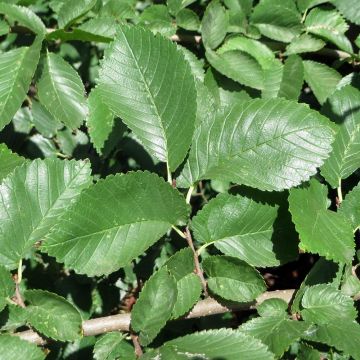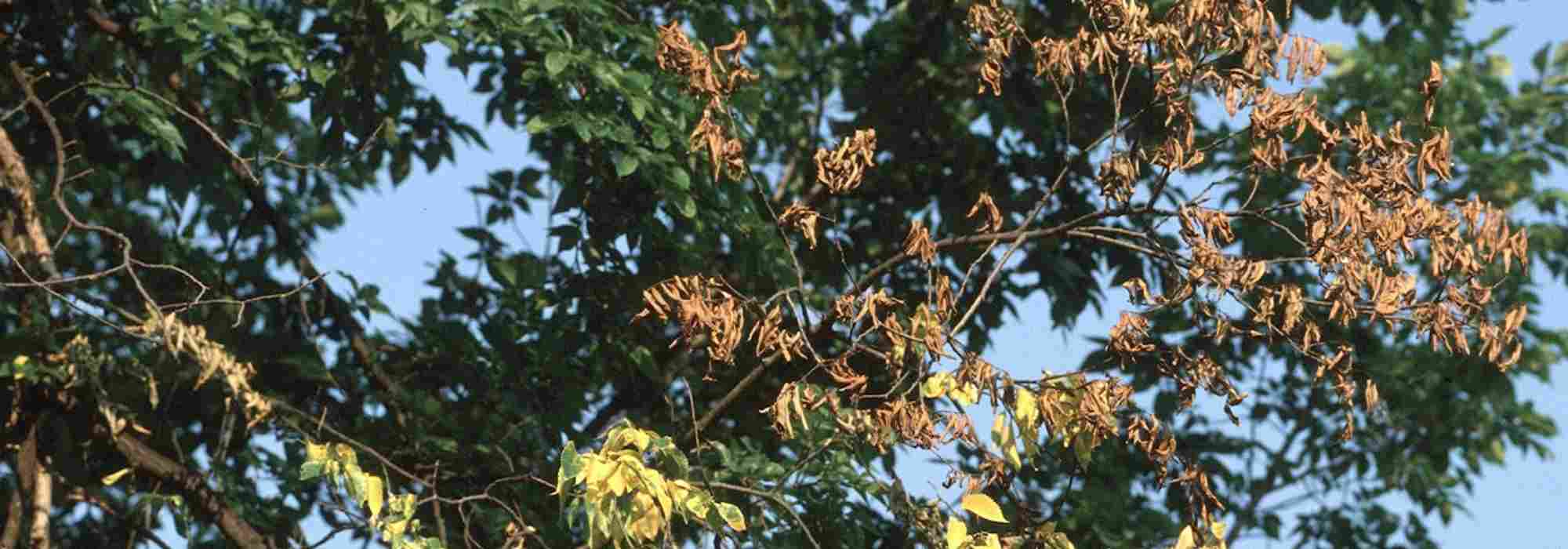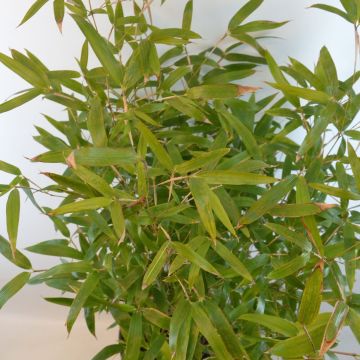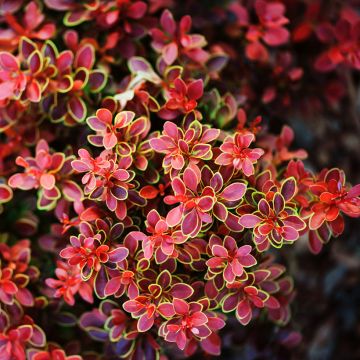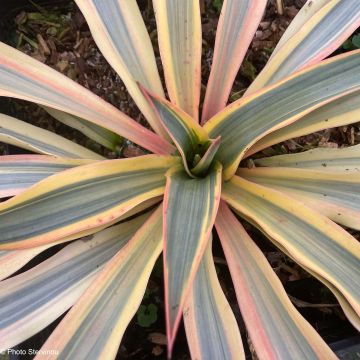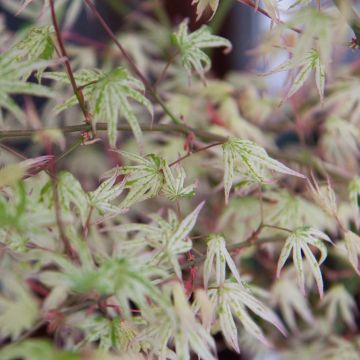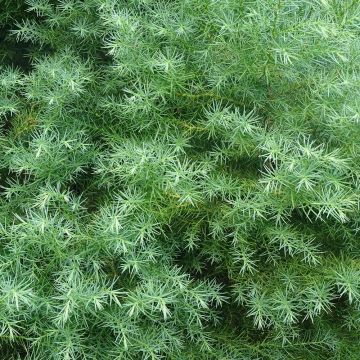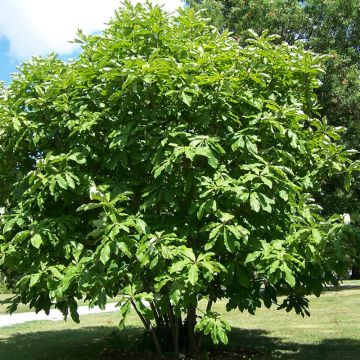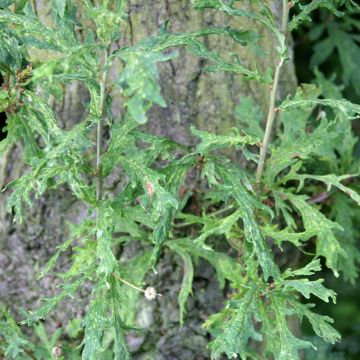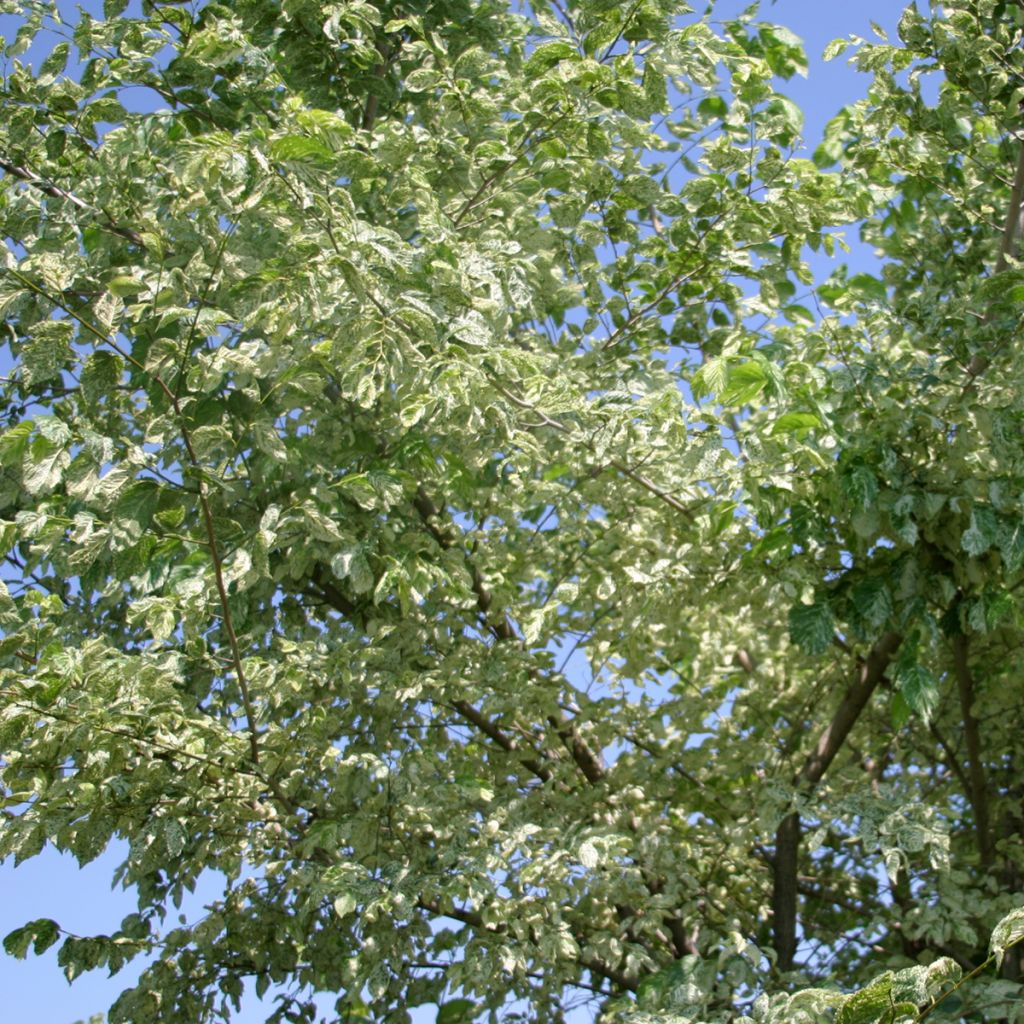

Ulmus minor Argenteovariegata - Elm
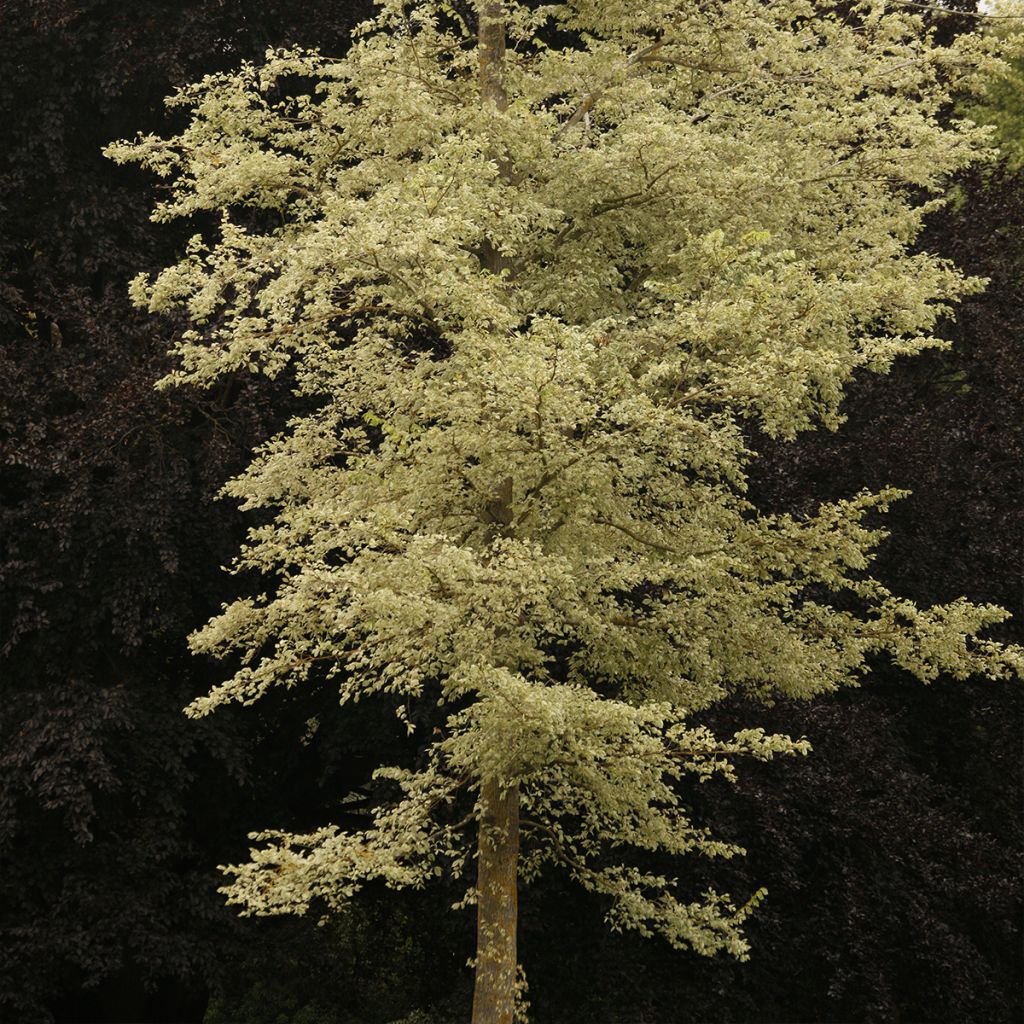

Ulmus minor Argenteovariegata - Elm
Ulmus minor Argenteovariegata - Elm
Ulmus minor Argenteovariegata
Field elm, English elm
Special offer!
Receive a €20 voucher for any order over €90 (excluding delivery costs, credit notes, and plastic-free options)!
1- Add your favorite plants to your cart.
2- Once you have reached €90, confirm your order (you can even choose the delivery date!).
3- As soon as your order is shipped, you will receive an email containing your voucher code, valid for 3 months (90 days).
Your voucher is unique and can only be used once, for any order with a minimum value of €20, excluding delivery costs.
Can be combined with other current offers, non-divisible and non-refundable.
Home or relay delivery (depending on size and destination)
Schedule delivery date,
and select date in basket
This plant carries a 24 months recovery warranty
More information
We guarantee the quality of our plants for a full growing cycle, and will replace at our expense any plant that fails to recover under normal climatic and planting conditions.
Does this plant fit my garden?
Set up your Plantfit profile →
Description
Ulmus minor 'Argenteovariegata' is a variegated variety of the Field Elm, a native tree that was once widespread in our countryside. It forms magnificent, large specimens, with very bright foliage. The small-sized leaves are irregularly speckled with white, some remaining green while others are almost entirely cream white. Appreciated for the shade it provides in summer and useful for small garden fauna, this elm also offers beautiful autumn colours. Perfectly adapted to our climates, very hardy, and tolerant of a wide range of neutral to basic soils, including heavy, limestone, and fairly dry soils. This beautiful tree is reserved for large gardens.
Ulmus minor (syn. Ulmus campestris) is native to a vast area covering Europe, Asia Minor, and North Africa. It is a member of the Ulmaceae family, like hackberry (Celtis) and Siberian elm (Zelkova). Nowadays, the Field Elm can still be found here and there, in the form of coppices, regularly cut back due to disease. A few rare individuals seem to escape the disease, and the species also survives in the form of pretty horticultural varieties with reduced growth.
'Argenteovariegata' is a very old horticultural variety selected in France around 1772. It has practically the same growth as the typical botanical species, with a generally upright habit and a very wide crown. The dimensions at maturity are slightly smaller than those of the wild species. However, this variety can reach a height of 25 to 26m (82 to 85ft) with a spread of 14 to 15m (46 to 49ft). Quite narrow and sometimes a bit ungainly in its young age, it later rounds off to take on a generally well-balanced silhouette. The bark that covers the trunk and branches is initially smooth. It cracks over time and occasionally develops some corky growths. The foliage resembles that of hazelnuts and alders, but the lamina is curiously asymmetrical at the base, at the level of the petiole. The leaves, measuring 5 to 8cm (2 to 3in) in length, are elliptical to rounded in shape with a pointed tip. Their surface is rough to the touch, and they have finely dentate margins. In this variety, the classic bright green of the species is widely punctuated with cream white, with some leaves retaining only a few green spots. Conversely, some branches may remain completely green, and it is advisable to remove them to reveal the variegation. The deciduous foliage takes on beautiful golden yellow colours in autumn before falling. The tree produces inconspicuous flowers in March-April, before the leaves appear. The clusters of small red flowers develop on two-year-old branches. The flowers are followed by bi-coloured winged fruits on female trees and in the presence of male trees, with a light red centre and lime-green outer edge.
Thriving in neutral to limestone soils, this tree appreciates a certain moisture, but can tolerate drier conditions once established. It prefers a sunny exposure and can also be positioned on the edge of large trees.
'Argenteovariegata' is only suitable for large plots and parks due to its substantial growth. It will be enhanced in the presence of purple foliage trees, such as Acer platanoides 'Crimson King', a large Norway Maple with abundant almost black vegetation that contrasts with the light variegation of the elm. Another classic choice is the Purple Beech (Fagus sylvatica 'Atropurpurea') with its glossy foliage, which will also have a great effect alongside the variegated elm. And to brighten up the scene with beautiful blooms, plant a Malus 'Royalty', a magnificent flowering crab apple with ruby-red flowers in spring and whose foliage turns purple in season and then red in autumn, creating a scene full of brilliance at the foot of the elm.
For reference, Ulmus minor was a large and beautiful deciduous tree emblematic of all our landscapes, before a devastating Dutch elm disease epidemic decimated large specimens in the 1970s. Today, it survives in a few parks and gardens where it can reach a venerable age. The same goes for 'Argenteovariegata', a remarkable specimen of which is recorded in the city of Houten, Netherlands. Planted in 1916, it measures about 26m (85ft) in height, and its trunk at 1.3m (4ft) above ground level is over 1m (3ft) in diameter.
Plant habit
Flowering
Foliage
Botanical data
Ulmus
minor
Argenteovariegata
Ulmaceae
Field elm, English elm
Cultivar or hybrid
Other Ulmus - Elm
View all →Planting and care
Plant in autumn in ordinary soil, even heavy or limestone. While it develops faster in moist soil, it adapts perfectly to drier land. Plant it in a semi-shaded or sunny position, without scorching sunlight. It adapts to most climates, but does not like acidic soil. Water and mulch in the first summers to help it establish. Prune in winter to balance its branches, if necessary, and in season to remove branches with fully green leaves, which happens with this variety.
In the 70s, an epidemic of Dutch Elm Disease greatly reduced the population of elms in Europe. Following this event, a monitoring program was put in place. The disease is caused by a fungus called Dutch Elm Disease (cryptogamic disease = disease caused by a fungus) which is transmitted by a beetle called the elm bark beetle. The first symptoms appear on a branch of the canopy and are characterised by wilting and curling of the leaves during the growing season. Generally, the beetles invade large specimens exceeding 2m (7ft) in height. Only biological solutions remain effective, such as pheromone traps or the introduction of predators of elm bark beetles.
Planting period
Intended location
Care
Planting & care advice
This item has not been reviewed yet - be the first to leave a review about it.
Similar products
Haven't found what you were looking for?
Hardiness is the lowest winter temperature a plant can endure without suffering serious damage or even dying. However, hardiness is affected by location (a sheltered area, such as a patio), protection (winter cover) and soil type (hardiness is improved by well-drained soil).

Photo Sharing Terms & Conditions
In order to encourage gardeners to interact and share their experiences, Promesse de fleurs offers various media enabling content to be uploaded onto its Site - in particular via the ‘Photo sharing’ module.
The User agrees to refrain from:
- Posting any content that is illegal, prejudicial, insulting, racist, inciteful to hatred, revisionist, contrary to public decency, that infringes on privacy or on the privacy rights of third parties, in particular the publicity rights of persons and goods, intellectual property rights, or the right to privacy.
- Submitting content on behalf of a third party;
- Impersonate the identity of a third party and/or publish any personal information about a third party;
In general, the User undertakes to refrain from any unethical behaviour.
All Content (in particular text, comments, files, images, photos, videos, creative works, etc.), which may be subject to property or intellectual property rights, image or other private rights, shall remain the property of the User, subject to the limited rights granted by the terms of the licence granted by Promesse de fleurs as stated below. Users are at liberty to publish or not to publish such Content on the Site, notably via the ‘Photo Sharing’ facility, and accept that this Content shall be made public and freely accessible, notably on the Internet.
Users further acknowledge, undertake to have ,and guarantee that they hold all necessary rights and permissions to publish such material on the Site, in particular with regard to the legislation in force pertaining to any privacy, property, intellectual property, image, or contractual rights, or rights of any other nature. By publishing such Content on the Site, Users acknowledge accepting full liability as publishers of the Content within the meaning of the law, and grant Promesse de fleurs, free of charge, an inclusive, worldwide licence for the said Content for the entire duration of its publication, including all reproduction, representation, up/downloading, displaying, performing, transmission, and storage rights.
Users also grant permission for their name to be linked to the Content and accept that this link may not always be made available.
By engaging in posting material, Users consent to their Content becoming automatically accessible on the Internet, in particular on other sites and/or blogs and/or web pages of the Promesse de fleurs site, including in particular social pages and the Promesse de fleurs catalogue.
Users may secure the removal of entrusted content free of charge by issuing a simple request via our contact form.
The flowering period indicated on our website applies to countries and regions located in USDA zone 8 (France, the United Kingdom, Ireland, the Netherlands, etc.)
It will vary according to where you live:
- In zones 9 to 10 (Italy, Spain, Greece, etc.), flowering will occur about 2 to 4 weeks earlier.
- In zones 6 to 7 (Germany, Poland, Slovenia, and lower mountainous regions), flowering will be delayed by 2 to 3 weeks.
- In zone 5 (Central Europe, Scandinavia), blooming will be delayed by 3 to 5 weeks.
In temperate climates, pruning of spring-flowering shrubs (forsythia, spireas, etc.) should be done just after flowering.
Pruning of summer-flowering shrubs (Indian Lilac, Perovskia, etc.) can be done in winter or spring.
In cold regions as well as with frost-sensitive plants, avoid pruning too early when severe frosts may still occur.
The planting period indicated on our website applies to countries and regions located in USDA zone 8 (France, United Kingdom, Ireland, Netherlands).
It will vary according to where you live:
- In Mediterranean zones (Marseille, Madrid, Milan, etc.), autumn and winter are the best planting periods.
- In continental zones (Strasbourg, Munich, Vienna, etc.), delay planting by 2 to 3 weeks in spring and bring it forward by 2 to 4 weeks in autumn.
- In mountainous regions (the Alps, Pyrenees, Carpathians, etc.), it is best to plant in late spring (May-June) or late summer (August-September).
The harvesting period indicated on our website applies to countries and regions in USDA zone 8 (France, England, Ireland, the Netherlands).
In colder areas (Scandinavia, Poland, Austria...) fruit and vegetable harvests are likely to be delayed by 3-4 weeks.
In warmer areas (Italy, Spain, Greece, etc.), harvesting will probably take place earlier, depending on weather conditions.
The sowing periods indicated on our website apply to countries and regions within USDA Zone 8 (France, UK, Ireland, Netherlands).
In colder areas (Scandinavia, Poland, Austria...), delay any outdoor sowing by 3-4 weeks, or sow under glass.
In warmer climes (Italy, Spain, Greece, etc.), bring outdoor sowing forward by a few weeks.






























